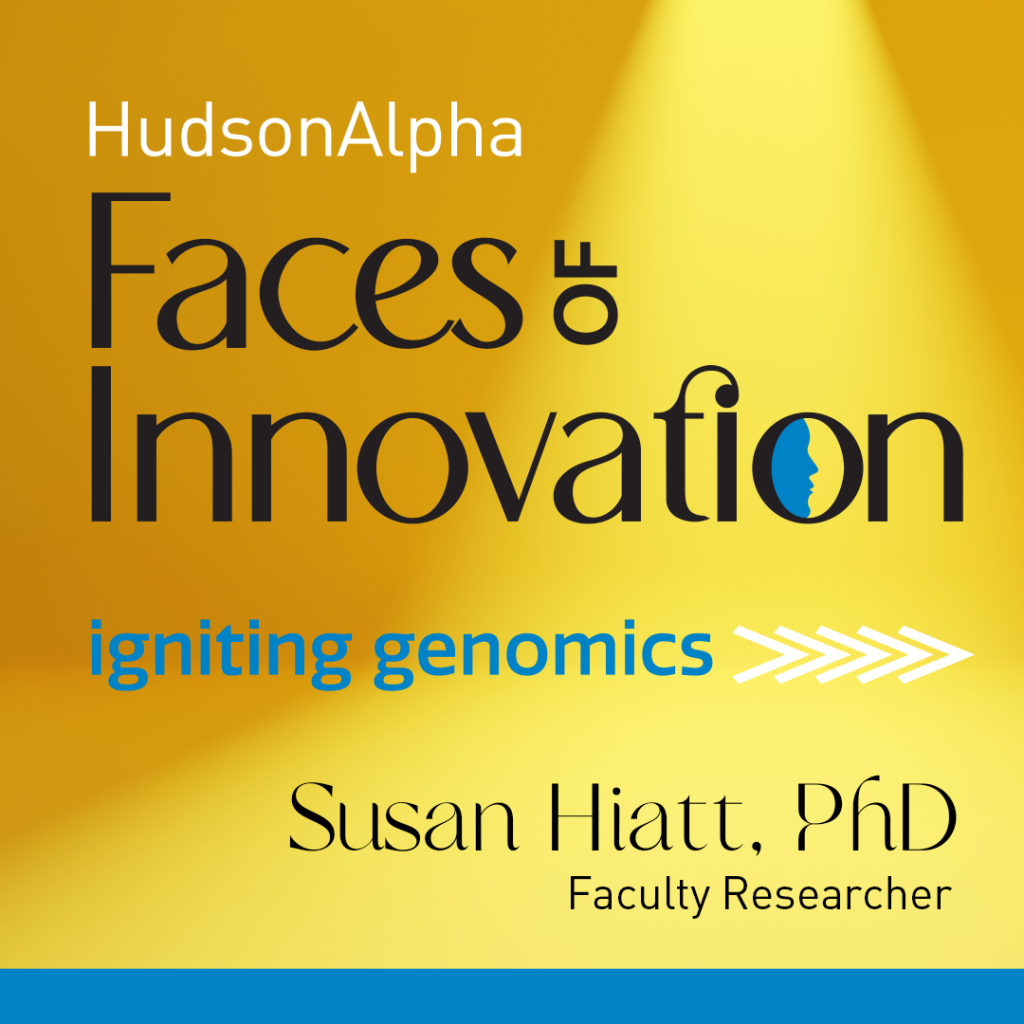Researchers at the HudsonAlpha Institute for Biotechnology have set out to make a better cotton through a series of research collaborations, grants and projects. Genetics could transform the very ways we think of cotton and its uses.
Scientists ask us to imagine colored cotton straight from the plant, which would reduce the environmental footprint of dye use. Fire retardant cotton would come with major implications for consumer safety. Cotton might even be bred with natural antimicrobial compounds, which could revolutionize the medical industry by providing hospitals with linens and bandages that have antibacterial properties.
 With such bold visions, it’s easy to see why researchers have focused in on cotton for genetically-guided improvement. A series of grants will allow HudsonAlpha researchers at the HudsonAlpha Genome Sequencing Center (HGSC) to move us ever closer to the cotton of tomorrow.
With such bold visions, it’s easy to see why researchers have focused in on cotton for genetically-guided improvement. A series of grants will allow HudsonAlpha researchers at the HudsonAlpha Genome Sequencing Center (HGSC) to move us ever closer to the cotton of tomorrow.
Soft Cotton, Tough Science
While the promises of cotton research are enormous, the challenges are as well. You find more genetic diversity from person to person than you do from cotton species to cotton species. That makes it particularly challenging to track down the genetic reasons one crop might regenerate faster and another might show hardier drought resistance. However, advancements in long-read sequencing provide more detailed genetic information, meaning researchers can now find the subtle differences that lead to meaningful changes in the finished plants.
One current challenge is to find cotton plants that transform, or adopt new traits, faster. It is difficult to introduce new traits into cotton because the adoption process is so slow. By identifying faster transforming plants, scientists can then explore the genetic and epigenetic reasons for the swifter changes and how to potentially leverage that information in other cotton strains.
From the Fields to the Skies
One project HudsonAlpha scientists with the HudsonAlpha Genome Sequencing Center will work on has them sending cotton to space. The idea is that cultivating cotton in zero gravity might alter the genetics or epigenetics of transformation in a visible way, giving scientists a target when compared to cotton cultivated on earth.
The HGSC provides high quality whole genome sequencing and analysis in agriculture, having created more than half of all the high-quality reference genomes currently in circulation. Now the project team, led by Jeremy Schmutz, will sequence both the earth-grown samples and the samples that return from space, searching for differences on the genetic level. The effort is part of a collaboration with Christopher A. Saski, PhD, of Clemson University, funded by Target and the Center for the Advancement of Science in Space (CASIS).
However, it’s not the only cotton-based project on the radar for the HGSC. Schmutz is also heading a project funded by Cotton Incorporated that will compare elite cotton lines with a historical one. Breeders develop “elite lines” that they use as the basis for their crops, often because they are well adapted to the climate they’re grown in, particularly disease resistant or have some desirable traits. By comparing elite lines to a historical cotton reference genome, researchers hope to unveil the parts of the cotton genome that make the elite lines so desirable, making them easier to replicate and improve.
The Seeds of Tomorrow’s Science
Sequencing these cotton genomes creates a new starting point for future cotton research. However, as part of the project that will send cotton into space, HudsonAlpha will also lead a number of educational efforts to help reel in the next generation of scientists that may pioneer their own research in agriculture.
Vice President of Educational Outreach Neil Lamb, PhD, will lead a student experience for a diverse group of students from local high schools. The Educational Outreach team will cover the basics of epigenetics, information about cotton and the specific details of the research project.
Students will have an opportunity to ask questions of researchers from both HudsonAlpha and Clemson. HudsonAlpha is also working with NASA to explore the possibility of linking students with astronauts on the ISS for a conversation about how the experiments are carried out in space. Starting in Summer 2021, HudsonAlpha will incorporate an activity based on the experiments into its three-week Genes and Greens agrigenomics academy for high school juniors and seniors.
Future of Fiber
Genomics could unlock the potential of cotton in ways most people have not yet imagined. Even small advancements could result in stronger fibers, greater drought resistance or less water consumption. In a world where demands on agriculture are rapidly rising, every step forward is a step well taken.


